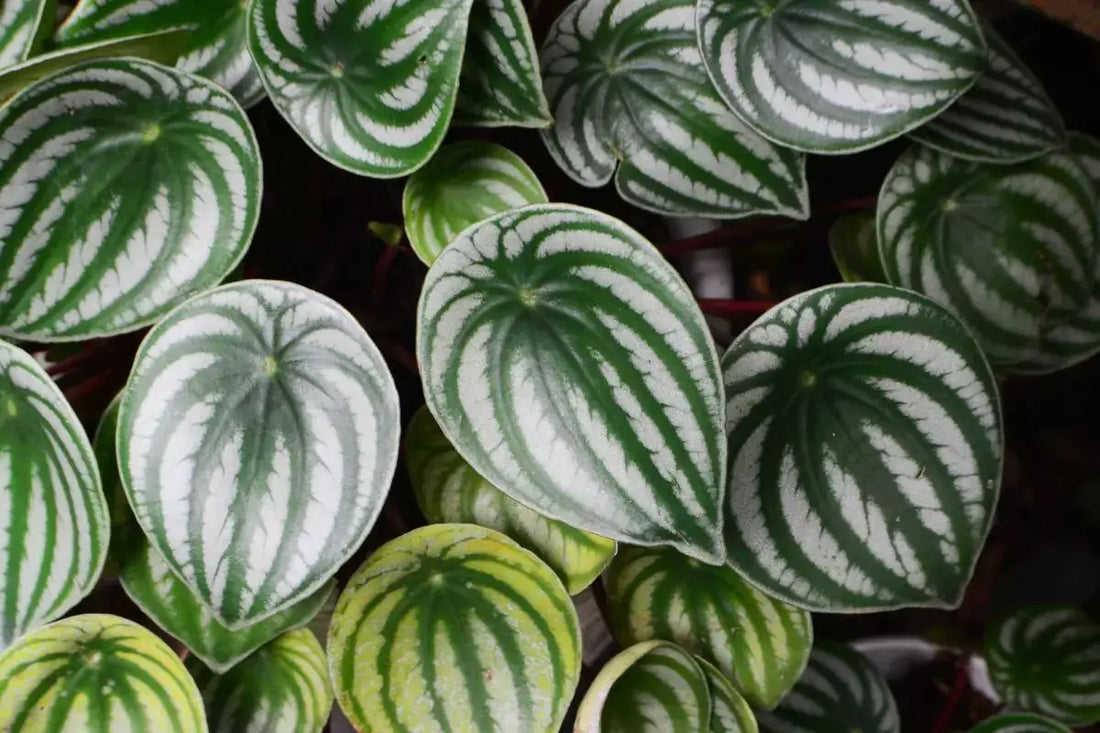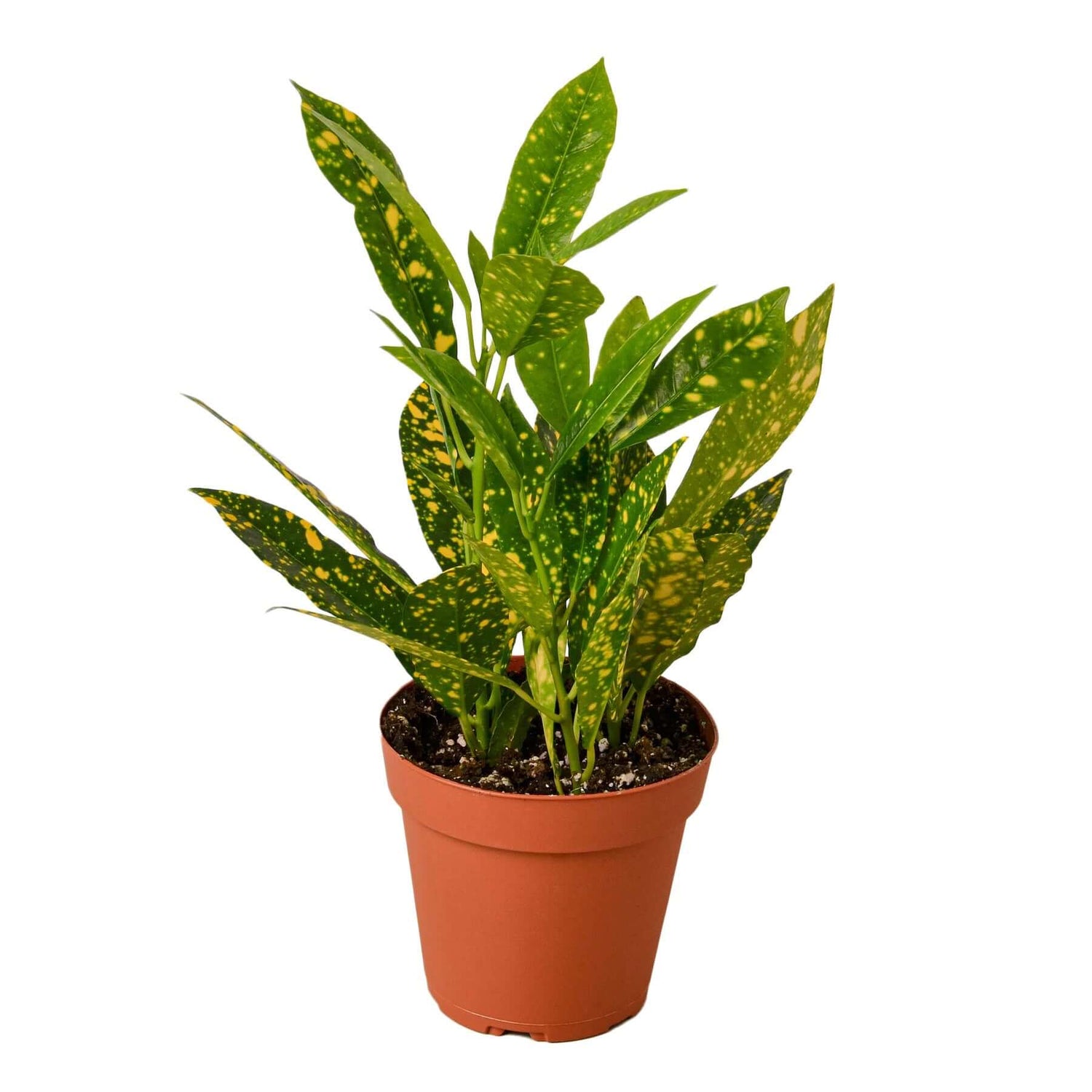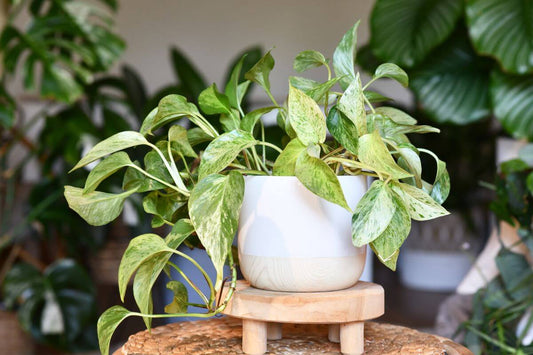Peperomia plants, with their captivating foliage and manageable care requirements, have become a beloved choice among houseplant enthusiasts. Their diverse varieties, from Peperomia Watermelon to Peperomia Rosso, offer something for every plant lover. In this comprehensive guide, we will explore the nuances of caring for your Peperomia houseplants, delving into propagation techniques, variety characteristics, and expert care tips.
Understanding Peperomia Varieties
Peperomias, a genus encompassing over a thousand species, exhibit a remarkable range of leaf shapes, textures, and colors. This diversity allows enthusiasts to curate a visually appealing collection that suits their aesthetic preferences.
Notable Peperomia Varieties
-
Peperomia Watermelon: Known for its striking, watermelon-like leaf pattern, this variety thrives in well-lit spaces with indirect sunlight.

-
Peperomia Ripple Red: This variety boasts vibrant red foliage with a textured surface, adding a bold splash of color to any collection.

-
Peperomia Prostrata (String of Turtles): With its trailing, turtle-like leaves, this Peperomia is perfect for hanging baskets or cascading displays.

-
Peperomia Rosso: Distinguished by its deep green leaves and red undersides, Rosso is both visually striking and easy to care for.

-
Peperomia Frost: This variety features silvery-green leaves with a frosted appearance, adding a touch of elegance to your plant collection.

-
Peperomia Marble: The variegated leaves of Peperomia Marble provide a classic and sophisticated look.

Propagation Techniques for Peperomia
Propagation is an excellent way to expand your Peperomia collection and share your love of plants with others. Understanding the propagation methods specific to Peperomia can ensure successful growth.
Leaf and Stem Cuttings
Peperomias can be propagated through leaf and stem cuttings, a straightforward method that yields reliable results.
- Select a Healthy Cutting: Choose a robust leaf or stem cutting from the parent plant. Ensure it is free from any disease or damage.
- Prepare the Cutting: For leaf cuttings, cut the leaf with a small portion of the petiole attached. For stem cuttings, ensure a few nodes are present.
- Rooting Medium: Use a well-draining potting mix, ideally one formulated for succulents or cacti, to encourage root development.
- Plant the Cutting: Insert the cutting into the soil, ensuring the leaf or stem stands upright.
- Humidity and Light: Maintain high humidity and provide indirect light to support rooting. A plastic cover or a propagation dome can help retain moisture.
- Patience and Care: Roots typically form in a few weeks. Once established, transition the new plants to standard Peperomia care.
Care Guidelines for Peperomia
Peperomias, while adaptable, thrive best under specific conditions. Adhering to these care guidelines will ensure your plants remain healthy and vibrant.
Light Requirements
Peperomias prefer bright, indirect sunlight. Direct sun can scorch their leaves, while too little light may cause leggy growth. Position them near east or north-facing windows for optimal light conditions.
Watering Practices
Watering Peperomias correctly is crucial. They prefer to dry out slightly between waterings. Overwatering can lead to root rot, a common issue with these plants. Always ensure the pot has drainage holes to prevent water from accumulating.
Soil and Potting
Use a well-draining potting mix, such as a blend designed for succulents. Peperomias do not require frequent repotting due to their slow growth but should be transferred to larger containers as they outgrow their pots.
Temperature and Humidity
Peperomias thrive in temperatures ranging from 65°F to 80°F (18°C to 27°C). They appreciate higher humidity levels but can adapt to average household conditions. Consider using a humidifier in drier climates to keep your plants comfortable.
Fertilization
Feed your Peperomias with a balanced liquid fertilizer diluted to half strength during the growing season (spring and summer). Avoid fertilizing in the dormant months of fall and winter.
Common Challenges and Solutions
Despite their hardiness, Peperomias can encounter issues that may affect their health. Recognizing and addressing these problems promptly is key to maintaining vibrant plants.
Pests and Diseases
Peperomias are generally resistant to pests, but they can occasionally fall victim to spider mites, mealybugs, and aphids. Regularly inspect your plants and treat infestations with insecticidal soap or neem oil.
Leaf Discoloration
Yellowing leaves often indicate overwatering, while brown edges can suggest underwatering or low humidity. Adjust your care routine accordingly to remedy these issues.
Leggy Growth
Insufficient light can cause leggy growth. If your Peperomia appears stretched or sparse, consider relocating it to a brighter spot.
Conclusion
Caring for Peperomia houseplants is a rewarding endeavor that offers both aesthetic pleasure and a sense of accomplishment. By understanding the specific needs of each variety and employing proper care techniques, you can cultivate a thriving collection that enhances your living space. Embrace the diversity of Peperomia and enjoy the vibrant beauty these plants bring to your home.
Happy planting! 🌱
Related Articles
- All About the Spider Plant: A Tale of Elegance and Resilience
- All About Pothos: The Perfect Indoor Plant for Any Space
- All About Snake Plants: A Low-Maintenance, Air-Purifying Wonder










